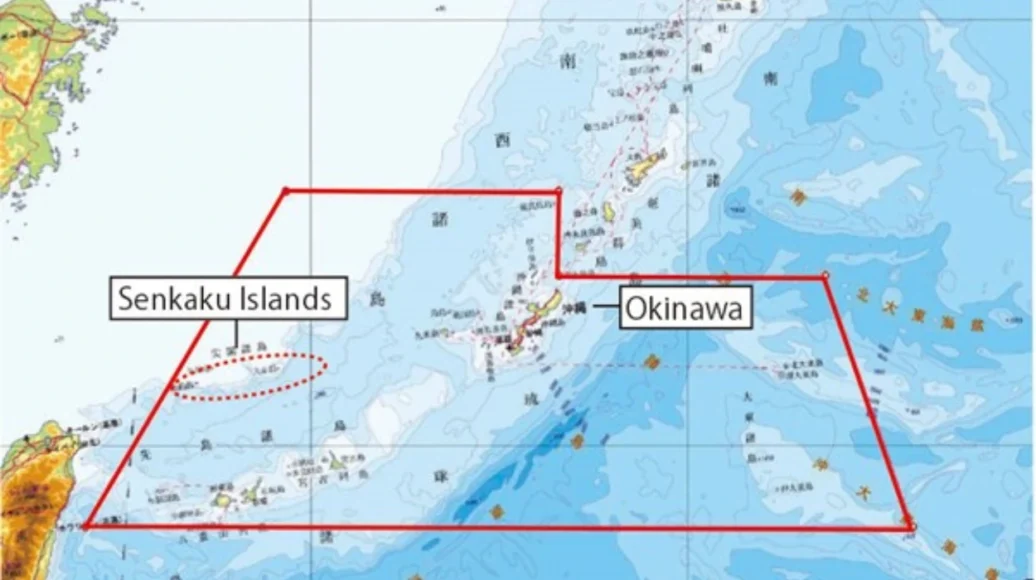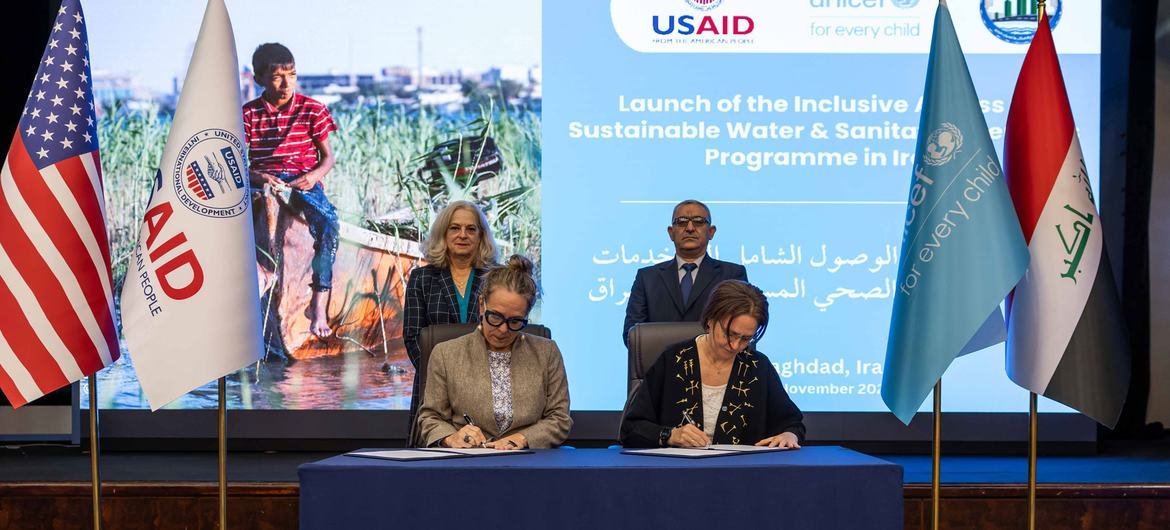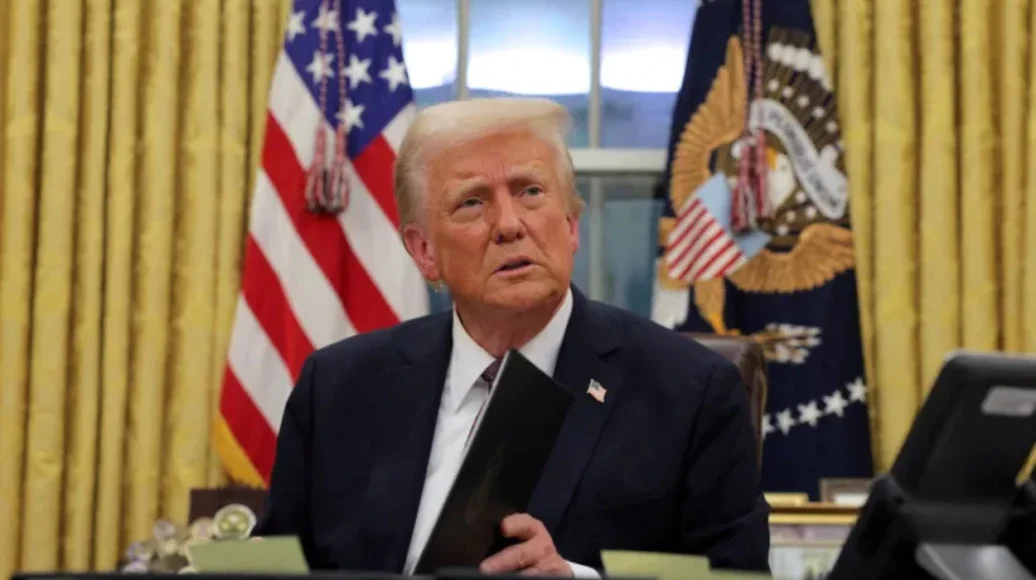
Brussels (Brussels Morning) – The year 2024 has witnessed the highest number of Chinese armed ships around the contested islands between Japan and China. Resolving the sovereignty dispute over these islands ensures extended control over the East China Sea and access to a cluster of land rich in natural resources.
The contentious islets and rocks in the East China Sea are located 170 kilometers from Okinawa Prefecture, 170 kilometers northeast of Taiwan, and 330 kilometers off China’s coastal mainland. The area consists of three rocky outcrops and five volcanic islets, covering a total of 6.3 square kilometers.
Japan refers to the area as the Senkaku Islands, China calls it the Diaoyu Islands, and Taiwan names it the Diaoyutai Islands. The developments surrounding these islets draw the attention of both regional and global players, including the United States and the European Union.
The dispute over the sovereignty of the Senkaku Islands stems from the unresolved Sino-Japanese maritime boundary, with geopolitical and economic factors playing a significant role.
Historical background
The People’s Republic of China (PRC) refutes Japan’s claim over the islands, asserting historical ownership dating back to the Ming dynasty. The PRC bases its argument on historical records that suggest the islands were first discovered under the Ming Dynasty in the 14th century.
Due to these records, the PRC considers the area an “inherent part of Chinese territory since ancient times,” claiming it was under China’s jurisdiction as an affiliated island of Taiwan. However, despite records of Chinese emperors organizing expeditions and sending envoys, there is no concrete evidence proving permanent Chinese habitation or occupation of the islands.
From Japan’s perspective, the Senkaku Islands were formally incorporated in January 1895 after a thorough assessment found no trace of foreign control.
Japan’s official stance holds that Tatsushiro Koga, a Japanese businessman, explored the islands in 1884 and leased four of them to Japan following official surveys. Finding no evidence of prior occupation, Japan annexed the islands as terra nullius (land belonging to nobody) and incorporated them into Okinawa Prefecture during the 1894-1895 Sino-Japanese War.
Following the war, the Treaty of Shimonoseki obliged defeated China to cede the island of Formosa (Taiwan) along with surrounding rocky islets.
Legal clashes
Japan does not recognize the Senkaku Islands as disputed territory or as part of the spoils of the Treaty of Shimonoseki, whereas the PRC argues that the islands were forcibly seized.
The long-secretive Japanese incorporation of the islands has further fueled Chinese skepticism. While this may support the PRC’s stance, historical Chinese maps depict the area as Japanese territory. Additionally, Japan has exploited the islands economically under international legal frameworks.
The PRC and Taiwan refer to the 1943 Cairo Declaration and the 1945 Potsdam Declaration, both of which outlined Japan’s post-war territorial limits. The Potsdam Declaration states:
Japanese sovereignty shall be limited to the islands of Honshu, Hokkaido, Kyushu, Shikoku, and such minor islands as we determine.
Notably, China strengthened its claims only after taking over Taiwan’s United Nations seat and following reports in 1971 of valuable natural resources in the region.
Japan relies on Article 3 of the 1951 San Francisco Treaty of Peace with Japan, which states:
The Senkaku Islands are to be included in the Nansei Shoto Islands and placed under the administrative authority of the US













Leave a Reply